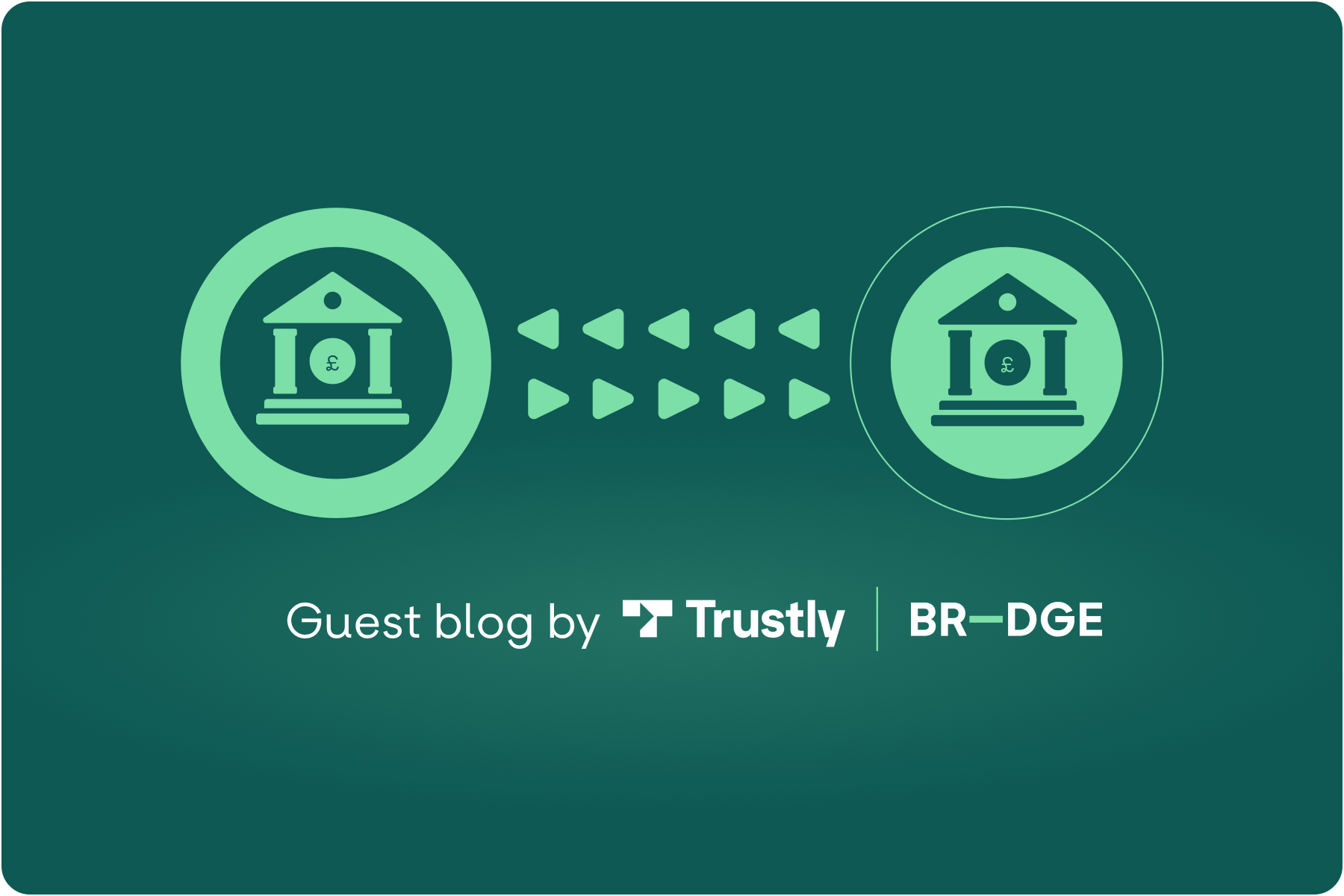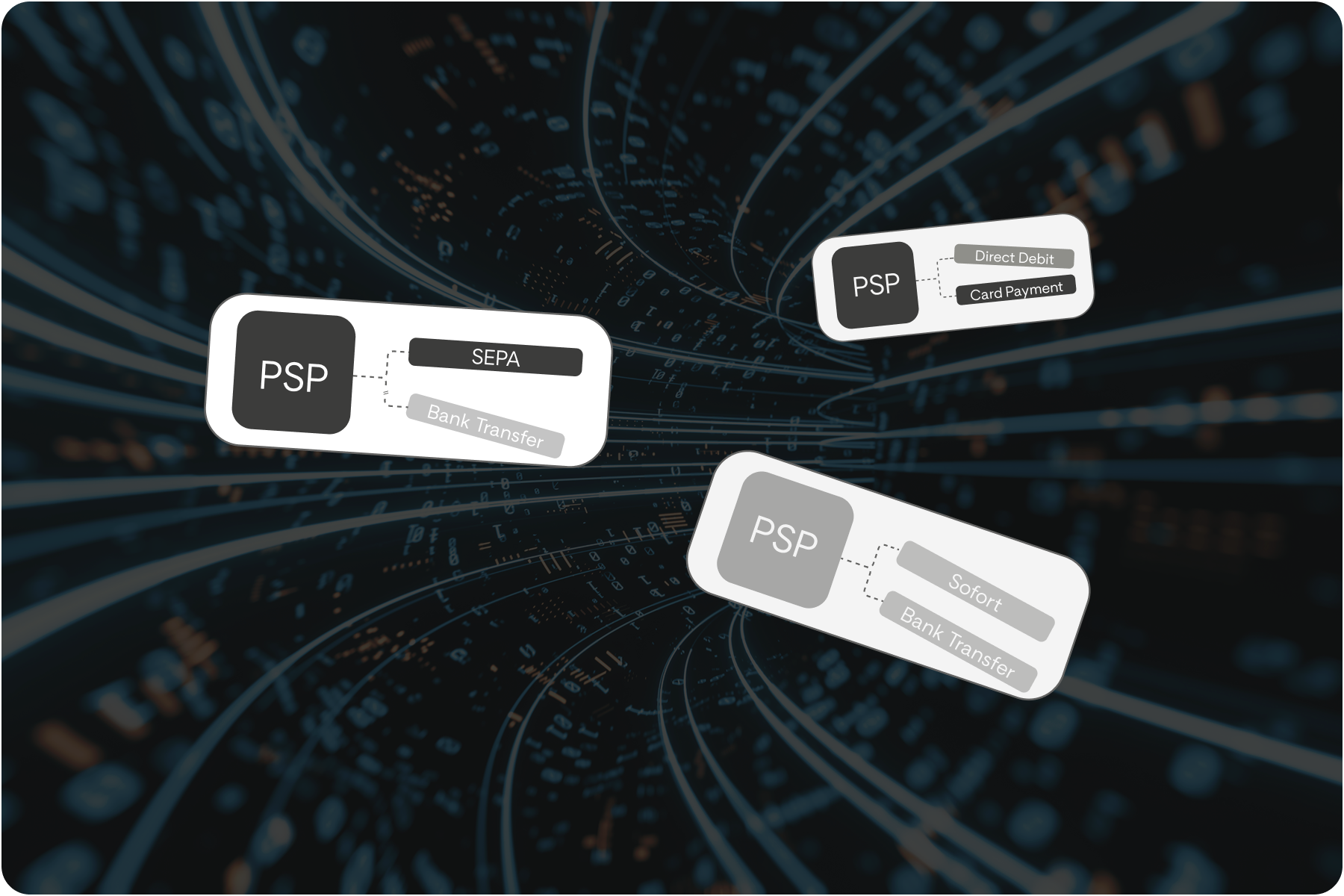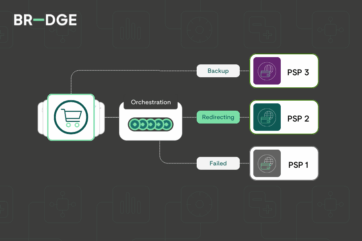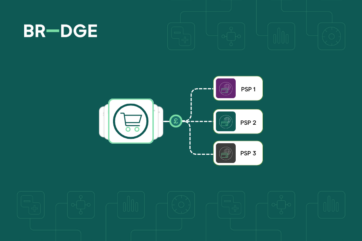
How is Payment Orchestration reducing payment costs across different industries?

How much are your payments costing you?
As the digital economy continues evolving, merchants across various sectors increasingly seek ways to streamline their operations and maximise efficiency. This involves adapting technologies, reducing payment costs, and integrating innovative solutions to meet increasing customer expectations.
But how much are your payments costing you, and how can payment orchestration help?
Rising payment costs
With rising customer expectations comes the necessity for more integrations. These integrations are essential to meet consumer demand and keep up with evolving payment technology. However, the high expense of direct integrations is a common business challenge, which often leads to financial strains.
The need for advanced security measures, compliance with regulatory requirements, and the ability to support diverse payment methods, further escalates your payment costs. Direct integrations with various payment systems and gateways can be complex and costly, often requiring significant investment in infrastructure, technology, and ongoing maintenance.
Many merchants find themselves burdened with high transaction costs due to being locked into agreements with a single Payment Service Provider (PSP). Your dependency on a single PSP agreement can limit your ability to negotiate more favourable terms and rates. Sticking with only one PSP can lead to higher processing costs and less flexibility to adapt to new technologies and customer trends.
Additionally, failed payments and technical outages are further reducing your revenue. Your customers’ transactions can fail for many reasons, such as outdated payment information, insufficient funds or technical issues. While it’s true that you will see some payments fail, it’s crucial to minimise this number. Failed payments can increase operational costs and result in missed revenue opportunities, so keeping failures to a minimum is essential for boosting revenue.
Do you have clear visibility on the true cost of your payments?
Understanding the true cost of your payments is impossible without having clear visibility into all your associated fees. Many merchants often struggle with hidden costs in their payment journey, particularly those dealing with fragmented systems, which presents a big challenge to identify where your money is going and how much each transaction truly costs.
As technology advances and trends emerge, it can be challenging to keep track of the costs of each transaction.
How can your finance teams reduce payment costs?
- Routing transactions to a different provider with a lower transaction fee
By automatically routing your transactions to Payment Service Providers (PSPs) with lower transaction fees, you can significantly reduce your payment processing costs. This strategy is particularly beneficial for merchants with tight margins, where payment fees can quickly add up.
Additionally, it increases your global reach by allowing your transactions to be routed to a PSP offering the most cost-effective rates based on your customers’ location or currency, further optimising your operational efficiency.
Check out one of our blogs to learn more about transaction routing.
- Eliminate the need for expensive direct payment integrations
With expanding technologies, integrations are essential to meeting your customers' demands and keeping up with the ever-evolving payments landscape. However, these costs are a common problem across many industries.
By eliminating the need for expensive direct integrations, through a payment orchestration layer, you can reduce time and costs by up to 88% and save 12.5%-37.5% on transaction costs, depending on your market.
Additionally, managing multiple payment integrations and maintaining compliance can be time-consuming and resource-intensive. This significantly increases operational costs related to maintenance, support and compliance.
Read more about increasing connectivity through one integration.
- Leverage payment reports
By understanding your payment data, you can gain detailed insights into your payment stack. This includes transaction patterns, fees and inefficiencies. With this knowledge, you can negotiate better terms, identify high-cost payment methods and streamline processes to avoid unnecessary charges.
Even marginal gains can significantly impact your profitability and payment performance. A singular view of all your transaction data, allows you to understand the efficiency of your payments and spot opportunities to optimise costs and acceptance rates.
See how you can centralise all of your data and reports with ease.
How can BR-DGE payment orchestration help?
At BR-DGE, we understand the challenges businesses face in streamlining their operations and maximising efficiency. That’s why our payment orchestration platform is designed to streamline your payment journey and reduce your costs.
Are you looking to keep up with consumer trends, expand across the globe or gain a better insight into your payment costs? BR-DGE Payment Orchestration allows you to streamline your payment processes and optimise costs, whilst providing a seamless customer experience.
Discover how BR-DGE can help you streamline your time and costs, contact us today.
Related content





